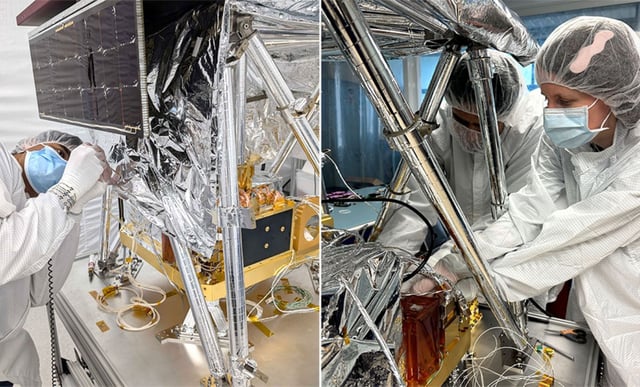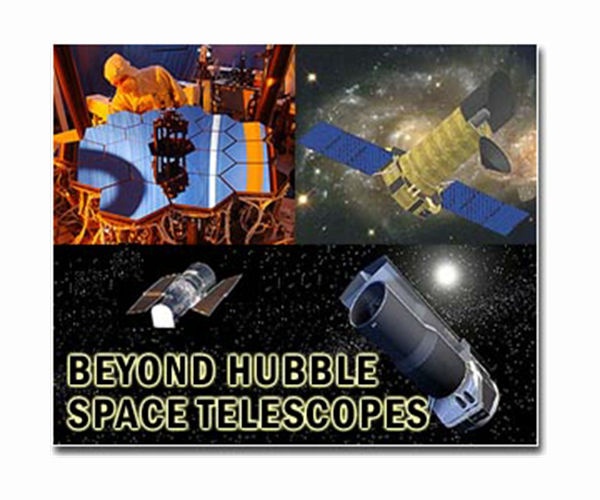Overview
- LuSEE-Night will deploy the first radio telescope to the Moon’s far side to capture low-frequency cosmic signals shielded from Earth’s interference.
- The mission is led by Brookhaven National Laboratory in collaboration with NASA, the Department of Energy and other research institutions distributing engineering tasks across teams.
- Its instrument suite features a 4-channel, 50 MHz Nyquist baseband receiver, a radio spectrometer and four 3 m rotating antennas tuned to the 21-cm hydrogen line.
- A 50 kg lithium-ion battery paired with solar panels was chosen to power the telescope through the 14-day lunar night and endure temperatures down to −173 °C.
- Engineers are completing power-management testing to balance scientific data collection with system survival during the extended lunar night.

